Browse Exhibits

Lanford Wilson
Curated by Al Dabiri and David Crespy, 2018.
This interactive display provides some insights into the materials available in the Lanford Wilson Collection, in MU Libraries Special Collections and Rare Books. In particular, this display includes material from the collection which focus on Wilson’s play, The Rimers of Eldritch, and offers samples of posters, programs, photographs, posters, and manuscripts from various productions of the play, as well as materials from the original 1966 production of The Rimers of Eldritch, directed by the author...

Fragmenta Manuscripta
Curated by Brittany Rancour and Nicole Songstad, 2018-2021.
Fragmenta Manuscripta is a collection of manuscript fragments that date from the eighth through the seventeenth centuries.
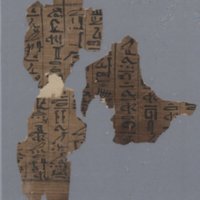
Welcome to Special Collections
Curated by Kelli Hansen and the staff of Special Collections, 2018-2021.
This exhibit is a part of the University Libraries Online Scavenger Hunt. Whether or not you're a scavenger hunter, use this exhibit to explore just a few of the items in these amazing collections.
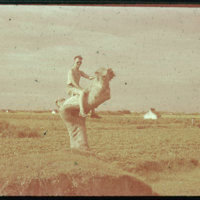
Hiller Collection
Curated by Yueheng Lyu, 2019.
The Hiller Collection documents cities, industries, farming, and everyday life in China during the second phase of the Chinese Civil War, 1945-1948. The part of The Hiller Collection, Drawer Nine, in this exhibit focuses on two cities in Jiangsu Province. It is mainly about two cities in Jiangsu Province of China, Nanking (Nanjing) and Soochow (Suzhou).
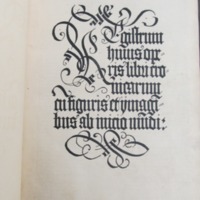
Incunables in Special Collections
Curated by John Henry Adams, 2020.
Printing with moveable type began in Europe in the 1450s in the German city of Mainz with the Gutenberg Bible in 1455. The technology spread swiftly across the continent: in ten years, there were printing presses in operation in Italy. By 1475, printing had spread to France, Switzerland, Holland, Hungary, Belgium, Poland, and Spain, and by 1485, England, Austria, Denmark, and Sweden were also printing. Other regions would follow suit until by 1500, there was...
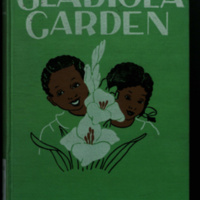
Children’s Literature of the Harlem Renaissance by African American Women
Curated by Adetokunbo Awosanmi, 2019.
The twenty-one books in the exhibit represent how invaluable the Harlem Renaissance was for African American children’s literature.
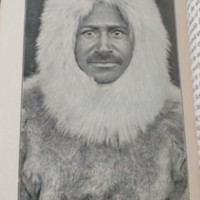
Leaders and Heroes
Curated by John Henry Adams and Courtney Gillie, 2020.
Every age, every race, has its leaders and heroes. ~ Ohíye S’a (Charles A. Eastman) Libraries tend to hold those materials that mainstream society values. Nowhere is this clearer than in the field of rare books. Because of the money required to assemble a strong collection of rare books, rare book collectors tend to come from positions of privilege and their collections reflect that privilege. Collectors have historically prioritized writings by culturally valorized authors. Rare books libraries,...
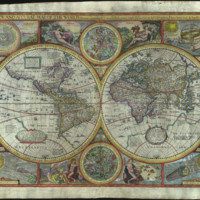
Places in the World: Treasures from the Venable Collection
Curated by John Henry Adams, 2021.
Maps tell us where we are. The most obvious way they do this is geographical, but there is also a wealth of cultural and social information that accompanies a map. What has been labeled? What has been left blank? What kinds of decorations are included in the map? A map that takes the time to mark the estates of major landlords is indicating something about the importance that proximity to the wealthy means socially and...
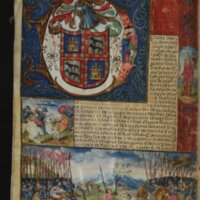
Cartas Ejecutorias
Curated by Kelli Hansen and Mariana Guzman, 2024.
The documents on display in this exhibition were created for one purpose: to prove their owners’ nobility or hidalguía. In Spain, when a person’s hidalgo status was in dispute, the legal remedy was to file a lawsuit in one of the Royal Chancery Courts, either in Valladolid or in Granada.
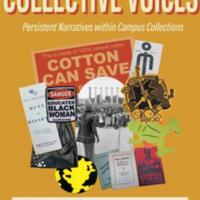
Collective Voices
Curated by John Fifield-Perez, Catherine Armbrust and Nicole Johnston, 2020.
October 2 – November 19, 2020 George Caleb Bingham Gallery, Fine Arts Building, School of Visual Studies, University of Missouri Movements and stories appear and disappear throughout the human timeline, often transformed by subsequent generations. Many of these stories are shared through the lens and voices of underrepresented populations or their allies, in a multitude of forms preserved by archives and collections such as those at the University of Missouri. Collective Voices includes art, archival, and...

Alley Oop
Curated by Katie Carr, 2008. Updated in 2021.
In September 2008, MU Libraries celebrated the 75th anniversary of the syndication of the comic strip Alley Oop with an exhibition drawing from the libraries'V.T. HamlinandComic Art Collections.
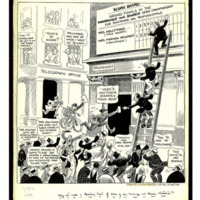
John T. McCutcheon: A Cartoonist in his Prime, 1930s
Curated by Allison Cathey, 2021.
Works from American cartoonist John T. McCutcheon in the 1930s.
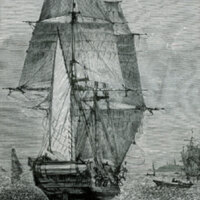
150 Years of On the Origin of Species
Curated by Michael Holland, 2009.
150 Years of The Origin of Species: The Historical Journey from Specimens to Species to Geneswas a physical exhibit mounted in the University of Missouri's Ellis Library from March 5th to March 31st, 2009 to honor the 200th birthday of Charles Darwin and the 150th anniversary of the publication of hisOn the Origin of Species. The exhibition was part of the2009 MU Life Sciences & Society Symposiumsponsored by theChristopher S. Bond Life Sciences Center.
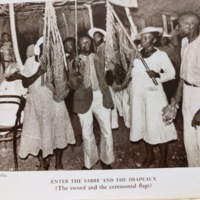
Leaders and Heroes 2: The Arts
Curated by Courtney Gillie and John Henry Adams, 2021.
This exhibit was born out of a desire to showcase materials within Special Collections at the University of Missouri that were produced by historically excluded people. We want all of our students to be able to see themselves proudly reflected in our collections.
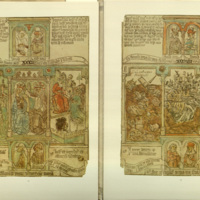
Beyond Words
Curated by Kelli Hansen, 2016.
This exhibition is about books with both pictures and conversations, and how artists and writers over the past five hundred years have combined words and images to create visual narratives.
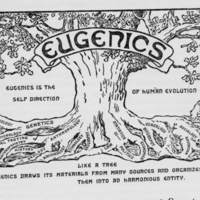
Controlling Heredity
Curated by Michael Holland, 2011.
This virtual exhibit explores the intersections between ethics and the pseudo-science of eugenics in the late nineteenth and early twentieth centuries.
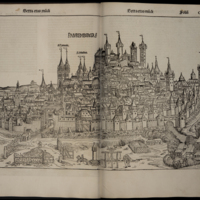
Masks, Hells, and Books: The Nuremberg Schembartlauf (1449-1539)
Curated by John Henry Adams, 2022.
The Schembartlauf (“the running of the masked men”) was a traditional element of Carnival in Nuremberg in Franconia. Celebrated on Shrove Tuesday, the day before Ash Wednesday, it consisted of a parade of men in masks and ornate costumes who came down from the castle into the city, culminating in a dramatic destruction of their parade float in the town square.

No Bones About It: An exhibit of spooky skeletons
Curated by John Henry Adams, 2023, with assistance from Kelli Hansen.
On October 24, 2023, Special Collections held a spooky exhibit! From 11am until 2pm, we were in Ellis 114a with as many skeletons as we could find in our collections! The exhibit is now available online. We have two main different kinds of books in this exhibit: anatomy textbooks of both humans and animals, and dances of the dead. You’ll get a chance to look at works like Andreas Vesalius’s De humani corporis fabrica libri septim...
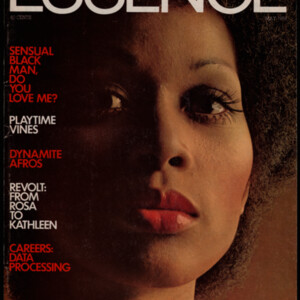
Life in America: Sixteen Black Magazines from 1953 to 1998
Curated by John Henry Adams, 2024
Over the course of the 20th century, the number of magazines published in the United States went from approximately 5,500 to well over 18,000, an increase that outstripped population growth by a considerable margin. Magazines appeared on almost every conceivable topic and for almost every conceivable demographic. Black Americans were no exception, with numerous magazines developing in the second half of the century to cater specifically to their interests. This exhibit showcases a tiny number of...
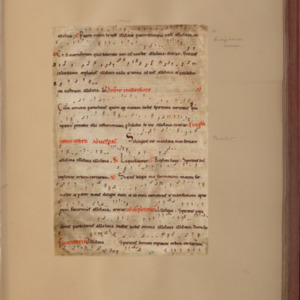
Fragmenta Manuscripta Album
Curated and digitally reconstructed by Andrew Schulte, 2024.
When the Fragmenta Manuscripta Collection arrived at the University of Missouri in 1968, the manuscript fragments were mounted in this album. Digital restoration of selected fragments was done as a proof of concept by Andrew Schulte in 2024.
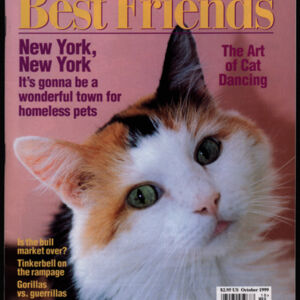
Fancy Magazines for Pet Fanciers: Birds, Cats, Dogs, and Ferrets
Curated by John Henry Adams and Haley Lykins, 2024
In this exhibit, we are showcasing fourteen pet-centric magazines from the Samir Husni Magazine Collection. Many of these magazines are about pets, but some simply use pets as “props” to sell the magazines. In the interests of space, we have limited ourselves to four kinds of pets: birds, cats, dogs, and ferrets. We present them in alphabetical order, so please don’t think that the order of the pets in any way indicates our preference! We...
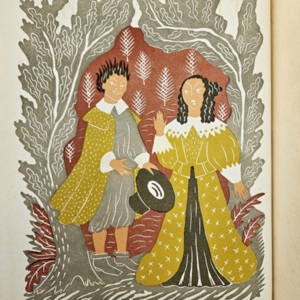
Fine Press Materials in Special Collections
curated by Tim Perry, updated by Clare Starkey 2024
A fine press is a printing establishment that adheres to particularly high standards in terms of the skill of the workers, the choice of materials, and the overall design of the books ultimately produced. As a consequence of these high standards, print runs– i.e. the number of copies of a book that are printed – tend to be very low. There is often, in addition, an emphasis on traditional printing technologies and techniques. The modern...

In Their Own Words: The French Revolution in Print
Curated by Madelyn Geiler, 2025.
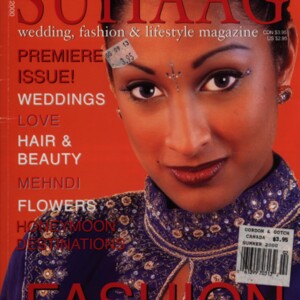
Bridal Magazines, 1992-2011
Curated by Jacqueline Culas, Haley Disterhoft, Isabelle "Jennie" Murray, Alison Restelli, Chayanne Sandoval-Williams, and Gretchen Tharp, 2025.
This exhibit focuses on a select number of Bridal magazines during that peak from 1992 to 2011. They were donated by Dr. Samir Husni, a leading expert on print and magazine journalism, known as Mr. Magazine. These magazines, mostly first volume editions, focus on the bridal industry from across the world. The exhibit was curated in summer 2025 as the final project of IS_LT 9428: History of Books and Media.